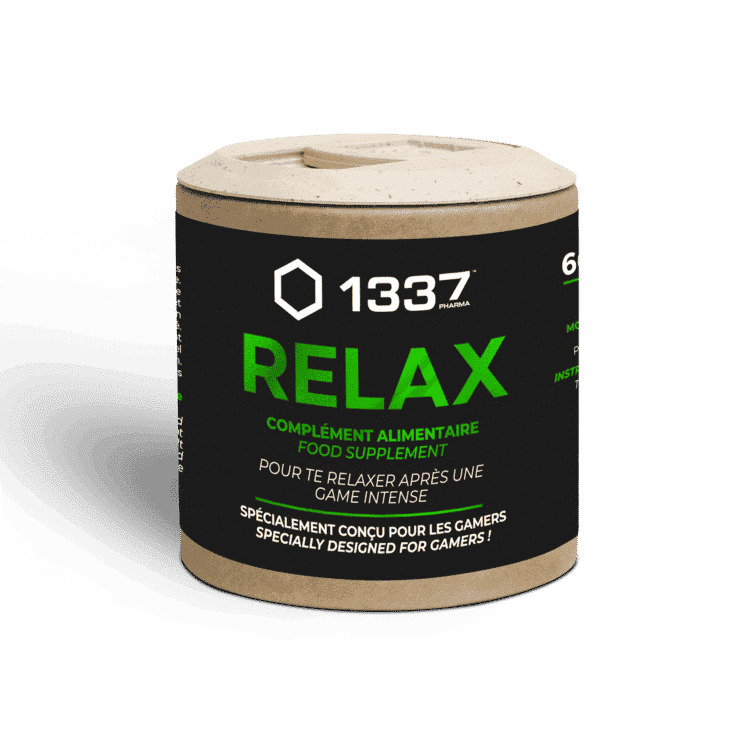VITAMIN B2
Ingredient
What is Vitamin B2?
Where does it come from?
Why is it used?
What are the benefits?
Bibliography
What is Vitamin B2?
This vitamin helps metabolize glucose – the form of sugar the body uses for energy – and promotes the production of healthy red blood cells. Riboflavin also serves as an antioxidant, preventing free radicals from damaging cells and increasing the risk of many age-related diseases.
Where does it come from?
Vitamin B-2, or riboflavin, occurs naturally in certain foods. It is present in other foods in synthetic form. You’ll get the most benefit from B vitamins if you take supplements or eat foods that contain all of them.
Riboflavin is found in many foods, especially dairy products and nuts.
Here is a list of some of the best food sources of vitamin B2:
▪ Cheddar 0.11mg
▪ Salmon: 0.13mg
▪ Asparagus: 6 stalks = 0.15 mg
▪ Ground beef: 0.15 mg
▪ Roast chicken (dark meat): 0.16 mg
▪ Cooked spinach: 1/2 cup = 0.21 mg
▪ Skimmed milk: 1 cup = 0.22 mg
▪ Hard-boiled egg: 1 large egg = 0.26 mg
▪ Almonds: 0.29mg
Why is it used?
Riboflavin, like all other B vitamins, is important for maintaining optimal nutrition and health. It plays an important role in breaking down nutrients in food including carbohydrates, proteins and fats to produce energy. It couldn’t work without them.
But riboflavin is also considered beneficial in the prevention or treatment of certain medical conditions, including: (Office of Dietary Supplements – Riboflavin, nd)
• Migraines
• Certain types of cancer
• Cataracts
• Preeclampsia
• Epileptic seizures
• Cardiovascular illnesses
• Dementia
▪ Metabolic role
It appears to achieve this by maintaining the metabolic integrity of the body, while minimizing certain by-products of metabolism, such as homocysteine, which are harmful to cells. (McNulty et al., 2006)
In addition to its role in metabolism and blood cell synthesis, vitamin B2 enables the conversion of vitamin B6 (pyridoxine) into its active coenzyme form and the conversion of tryptophan into niacin. Beyond these normal biochemical functions, vitamin B2 has been shown to benefit people with specific conditions. (Institute of Medicine (US) Standing Committee on the Scientific Evaluation of Dietary Reference Intakes and its Panel on Folate, Other B Vitamins, and Choline, 1998)
▪ Homocysteinemia
Homocysteine is a common amino acid found in the blood. High levels of homocysteine (called homocysteinemia) are associated with a range of medical conditions, including stroke, dementia, and heart attack. Riboflavin supplements taken daily can reduce homocysteine levels by up to 40% in some people. According to a study published in Circulation, a 25% reduction in homocysteine reduces the risk of coronary heart disease (CD) by 11-16% and the risk of stroke by 19-24%. Similarly, a reduction in homocysteine may reduce the risk of neurocognitive disorders, including Alzheimer’s disease, Parkinson’s disease, vascular dementia and epilepsy, according to research conducted by Northumbria University in England. (Kennedy, 2016)
When prescribed with anticonvulsant drugs, riboflavin reduces homocysteine levels by 26%, providing better seizure control. High homocysteine levels can also increase the risk of preeclampsia, a potentially dangerous complication of pregnancy characterized by a sharp rise in blood pressure. Supplementation with riboflavin, folic acid and vitamin B12 is commonly used to reduce this risk.

Discover other plants used in our products
Bibliography
1. Institute of Medicine (US) Standing Committee on the Scientific Evaluation of Dietary Reference Intakes and its Panel on Folate, Other B Vitamins, and Choline. (1998). Dietary Reference Intakes for Thiamin, Riboflavin, Niacin, Vitamin B6, Folate, Vitamin B12, Pantothenic Acid, Biotin, and Choline . National Academies Press (US). http://www.ncbi.nlm.nih.gov/books/NBK114310/
2. Kennedy, DO (2016). B Vitamins and the Brain: Mechanisms, Dose and Efficacy—A Review . Nutrients, 8(2), 68. https://doi.org/10.3390/nu8020068
3. McNulty, H., Dowey, LRC, Strain, J.j., Dunne, A., Ward, M., Molloy, AM, McAnena, LB, Hughes, JP, Hannon-Fletcher, M., & Scott, JM (2006). Riboflavin Lowers Homocysteine in Individuals Homozygous for the MTHFR 677C→T Polymorphism . Traffic, 113(1), 74-80. https://doi.org/10.1161/CIRCULATIONAHA.105.580332
4. Office of Dietary Supplements—Riboflavin . (nd). Retrieved June 22, 2022, from https://ods.od.nih.gov/factsheets/Riboflavin-HealthProfessional/

